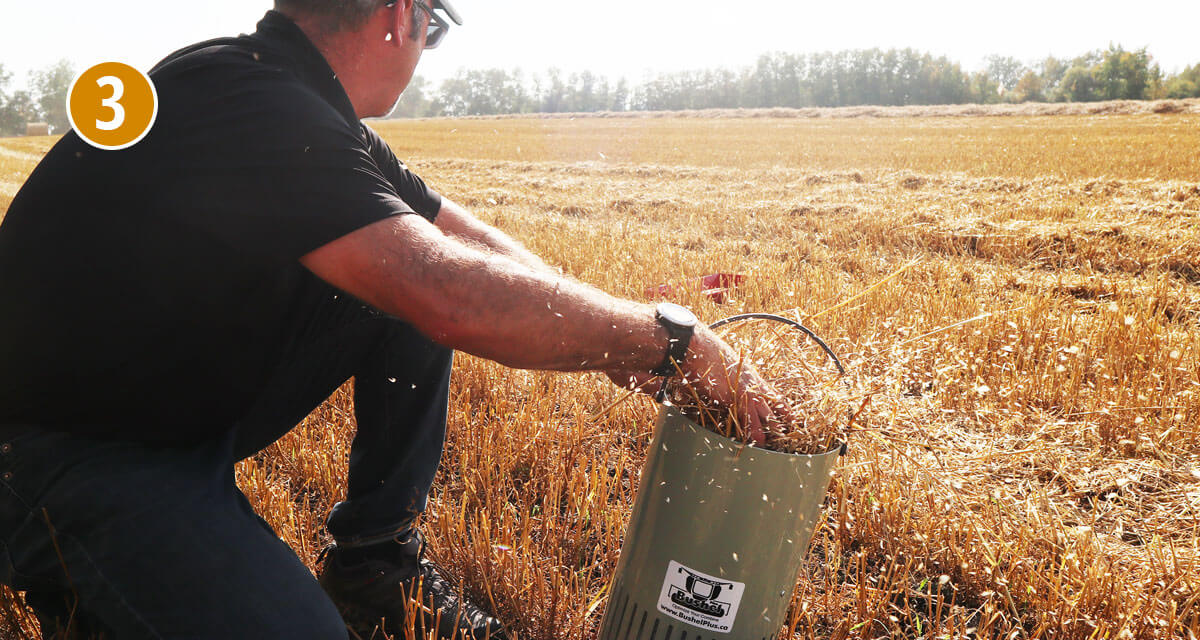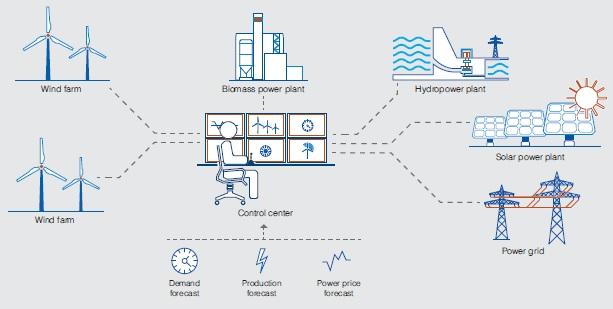
Researchers Explore Using Fruit Waste to Power Fuel Cells

A team of researchers led by the University of British Columbia (UBC) Okanagan has recently explored the potential of using fruit waste (both solid and leachate) to power fuel cells.
Although the energy extracted from food scraps still pales in comparison to wind or solar power, the experts are confident that the energy output of discarded food – particularly fruit waste, which is abundant in the agricultural belt of the Okanagan Valley – can be further purified and improved.
Currently, food waste is an increasing problem in cities worldwide. According to the British Columbia government, for instance, organic waste represents 40 percent of material in provincial landfills. Thus, harnessing this waste and turning it into energy would be a major step forward in solving this problem.
“Today food waste is a sustainability challenge with detrimental environmental, economic, and social implications,” said study lead author Hirra Zafar, an expert in Food Waste Management at UBC Okanagan.
The scientists found that microbial fuel cells can efficiently convert fruit waste into electric energy by using an anaerobic anode compartment in which anaerobic microbes – a type of microorganisms that can survive without oxygen – utilize organic matter to convert it into energy. These microbes consume organic matter in the anode compartment, releasing electrons and protons.
In the cathode compartment, the electrons combine with the protons and oxygen to produce water, generating bioelectricity in the process. According to the researchers, this process works more efficiently and produces better output when the food waste is separated and ground into small particles before processing.
Due to their individual biochemical features, different types of fruits lead to different results when processed through microbial fuel cells.
“Carbohydrates are first degraded into soluble sugars and smaller molecules such as acetate, which is then consumed by electroactive bacteria to produce electricity in the process of electrogenesis,” Zafar explained.
Although many challenges remain in converting food waste into bioenergy on a commercial scale – with further work needed to increase the bioconversion efficiency of fruit to result in higher voltage outputs – these findings highlight the great potential of microbial fuel cells.
“Microbial fuel cells are really at their developmental stage and they have so much potential. At this point, the voltage remains low, but I am excited to investigate how to improve their power output and apply these practices on a commercial scale,” Zafar concluded.
More about fruit waste
Fruit waste refers to the portion of fruits that is discarded, not consumed, or left unutilized during various stages of the supply chain, from production to consumption. This waste can occur at multiple points, such as during harvesting, storage, transportation, processing, and retail. Fruit waste can also happen at the consumer level, where fruits may be thrown away due to spoilage, cosmetic imperfections, or over-purchasing.
There are several reasons for fruit waste:
Cosmetic standards
Fruits that do not meet the specific shape, size, or color requirements may be discarded, even if they are perfectly edible and nutritious.
Oversupply
Sometimes, the market demand for certain fruits is lower than the supply, leading to waste.
Poor storage and transportation
Inadequate storage and transportation facilities can lead to spoilage or damage, rendering fruits unsuitable for consumption.
Lack of proper harvesting techniques
Inefficient or improper harvesting methods can lead to waste, as fruits may be left in the fields or damaged during the process.
Consumer behavior
Consumers may not store fruits properly, leading to spoilage, or may throw away fruits that are still edible due to perceived imperfections.
The impacts of fruit waste
Fruit waste has significant environmental, economic, and social impacts. It contributes to the depletion of natural resources, increased greenhouse gas emissions, and the squandering of water, energy, and land resources. Economically, it leads to financial losses for farmers, retailers, and consumers. Socially, it is a missed opportunity to address food insecurity and malnutrition.
To mitigate fruit waste, various strategies can be employed, such as implementing better harvesting, storage, and transportation methods to minimize spoilage and damage. Consumers should be encouraged to use “ugly” or “imperfect” fruits, which are still edible.
In addition, consumers should plan their purchases, store fruits properly, and consume them before they spoil. By addressing fruit waste, we can reduce the negative impacts on the environment, economy, and society, while also making better use of our resources.
—
By Andrei Ionescu, Earth.com Staff Writer
Check us out on EarthSnap, a free app brought to you by Eric Ralls and Earth.com.
SDGs, Targets, and Indicators
-
SDG 7: Affordable and Clean Energy
- Target 7.2: By 2030, increase substantially the share of renewable energy in the global energy mix.
- Indicator: Renewable energy share in the global energy mix.
-
SDG 12: Responsible Consumption and Production
- Target 12.3: By 2030, halve per capita global food waste at the retail and consumer levels and reduce food losses along production and supply chains, including post-harvest losses.
- Indicator: Per capita food waste at the retail and consumer levels.
-
SDG 13: Climate Action
- Target 13.2: Integrate climate change measures into national policies, strategies, and planning.
- Indicator: Extent of integration of climate change measures into national policies, strategies, and planning.
Analysis
1. Which SDGs are addressed or connected to the issues highlighted in the article?
The issues highlighted in the article are connected to SDG 7 (Affordable and Clean Energy), SDG 12 (Responsible Consumption and Production), and SDG 13 (Climate Action).
2. What specific targets under those SDGs can be identified based on the article’s content?
Based on the article’s content, the specific targets identified are:
- Target 7.2: By 2030, increase substantially the share of renewable energy in the global energy mix.
- Target 12.3: By 2030, halve per capita global food waste at the retail and consumer levels and reduce food losses along production and supply chains, including post-harvest losses.
- Target 13.2: Integrate climate change measures into national policies, strategies, and planning.
3. Are there any indicators mentioned or implied in the article that can be used to measure progress towards the identified targets?
Yes, there are indicators mentioned or implied in the article that can be used to measure progress towards the identified targets:
- Indicator: Renewable energy share in the global energy mix (for Target 7.2).
- Indicator: Per capita food waste at the retail and consumer levels (for Target 12.3).
- Indicator: Extent of integration of climate change measures into national policies, strategies, and planning (for Target 13.2).
Table: SDGs, Targets, and Indicators
| SDGs | Targets | Indicators |
|---|---|---|
| SDG 7: Affordable and Clean Energy | Target 7.2: By 2030, increase substantially the share of renewable energy in the global energy mix. | Renewable energy share in the global energy mix. |
| SDG 12: Responsible Consumption and Production | Target 12.3: By 2030, halve per capita global food waste at the retail and consumer levels and reduce food losses along production and supply chains, including post-harvest losses. | Per capita food waste at the retail and consumer levels. |
| SDG 13: Climate Action | Target 13.2: Integrate climate change measures into national policies, strategies, and planning. | Extent of integration of climate change measures into national policies, strategies, and planning. |
Behold! This splendid article springs forth from the wellspring of knowledge, shaped by a wondrous proprietary AI technology that delved into a vast ocean of data, illuminating the path towards the Sustainable Development Goals. Remember that all rights are reserved by SDG Investors LLC, empowering us to champion progress together.
Source: earth.com

Join us, as fellow seekers of change, on a transformative journey at https://sdgtalks.ai/welcome, where you can become a member and actively contribute to shaping a brighter future.






